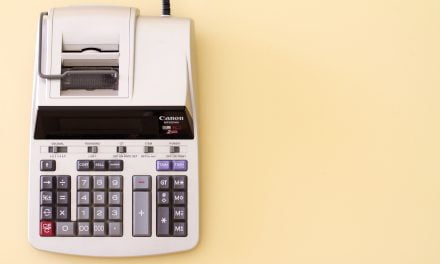This is the second episode in our new series covering the contents and consequences of information in a Structural Pest Control Report (SPC), and an agent’s duty to advise sellers and buyers on their respective responsibilities for the removal of pests and needed repairs.
The first episode covers the use of a SPC in a seller’s marketing package to eliminate uncertainty about a property’s condition.
Examining the standardized inspection report
Structural Pest Control (SPC) companies use a standardized inspection report form. An inspection report includes, among other elements:
- the inspection date and the name of the licensee making the inspection;
- the name and address of the person ordering the report;
- the address or location of the property;
- a general description of the building or premises inspected;
- a diagram detailing every part of the property checked for infestation or infections;
- a notation on the diagram of the location of any wood-destroying pests (termites, wood-boring beetles, etc.) or fungus present, and any resulting structural damage visible and accessible on the date of inspection, called Section I items if a separated report is requested;
- a notation on the diagram of the location of any conditions (excessive moisture, earth-to-wood contact, faulty grade levels, etc.) considered likely to lead to future wood-destroying pest infestations or infections, called Section II items if a separated report is requested;
- one of the following statements:
“The exterior surface of the roof was not inspected. If you want the water tightness of the roof determined, you should contact a roofing contractor who is licensed by the Contractors’ State License Board.”
“The exterior surface of the roof was inspected to determine whether or not wood destroying pests or organisms are present.”
- a statement of which areas have not been inspected due to in
accessibility with recommendations for further inspection of these areas if practical; - recommendations for treatment or repair;
- information regarding the pesticide(s) to be used, if necessary;
- that a reinspection will be performed if an estimate for making repairs is requested by the person ordering the original report; and
- the following bold-type statement:
“NOTICE: Reports on this structure prepared by various registered companies should list the same findings (i.e., termite infestations, termite damage, fungus damage, etc.). However, recommendations to correct these findings may vary from company to company. You have a right to seek a second opinion from another company.” [Business and & Professions Code §8516(b); 16 Calif. Code of Regulations §1990]
Further, the following statement appears prior to the first finding/recommendation on a separated report:
“This is a separated report which is defined as Section I/Section II conditions evident on the date of the inspection. Section I contains items where there is visible evidence of active infestation, infection or conditions that have resulted in or from infestation or infection. Section II items are conditions deemed likely to lead to infestation or infection but where no visible evidence of such was found. Further inspection items are defined as recommendations to inspect area(s) which during the original inspection did not allow the inspector access to complete the inspection and cannot be defined as Section I or Section II.”
The SPC chosen furnishes the individual who ordered the inspection a copy of the report within 10 business days of the inspection. [Bus & P C §8516(b)]
All original inspection reports are maintained by the SPC company for three years. [Bus & P C §8516(b)]
All SPC companies also post an inspection tag in the attic, subarea, or garage on completion of an inspection. The tag includes the company’s name and the date of inspection. [16 CCR §1996.1]
Choosing the right company
When choosing an SPC company, the seller’s agent needs to protect their client and verify the individual or company’s license, the company’s registration, and the individual’s or company’s complaint history by calling the SPC Board at 916-561-8708 (in Sacramento) or 800-737-8188 ext. 2 (outside Sacramento), or at www.pestboard.ca.gov.
The Board maintains a two-year history of complaints against every SPC company and information on the company’s bond and insurance. [Bus & P C §8621]
Every company registered with the SPC Board must maintain a $12,500 bond. The bonds are in favor of the State of California for the benefit of any person who, after entering into a contract with a registered, licensed company, is damaged by:
- fraud; or
- [Bus & P C §§8697, 8697.2]
Further, the bonds also protect any person who is damaged as a result of any violation of the SPC Act by a registered and licensed SPC company.
Each company must also have general liability insurance with a minimum of:
- $500,000 for bodily injury; and
- $500,000 for property damage per loss.
The general liability insurance covers financial loss due to:
- property damage;
- public injury; and/or
- illness as a result of the company’s actions. [Bus & P C §8692(a)]














